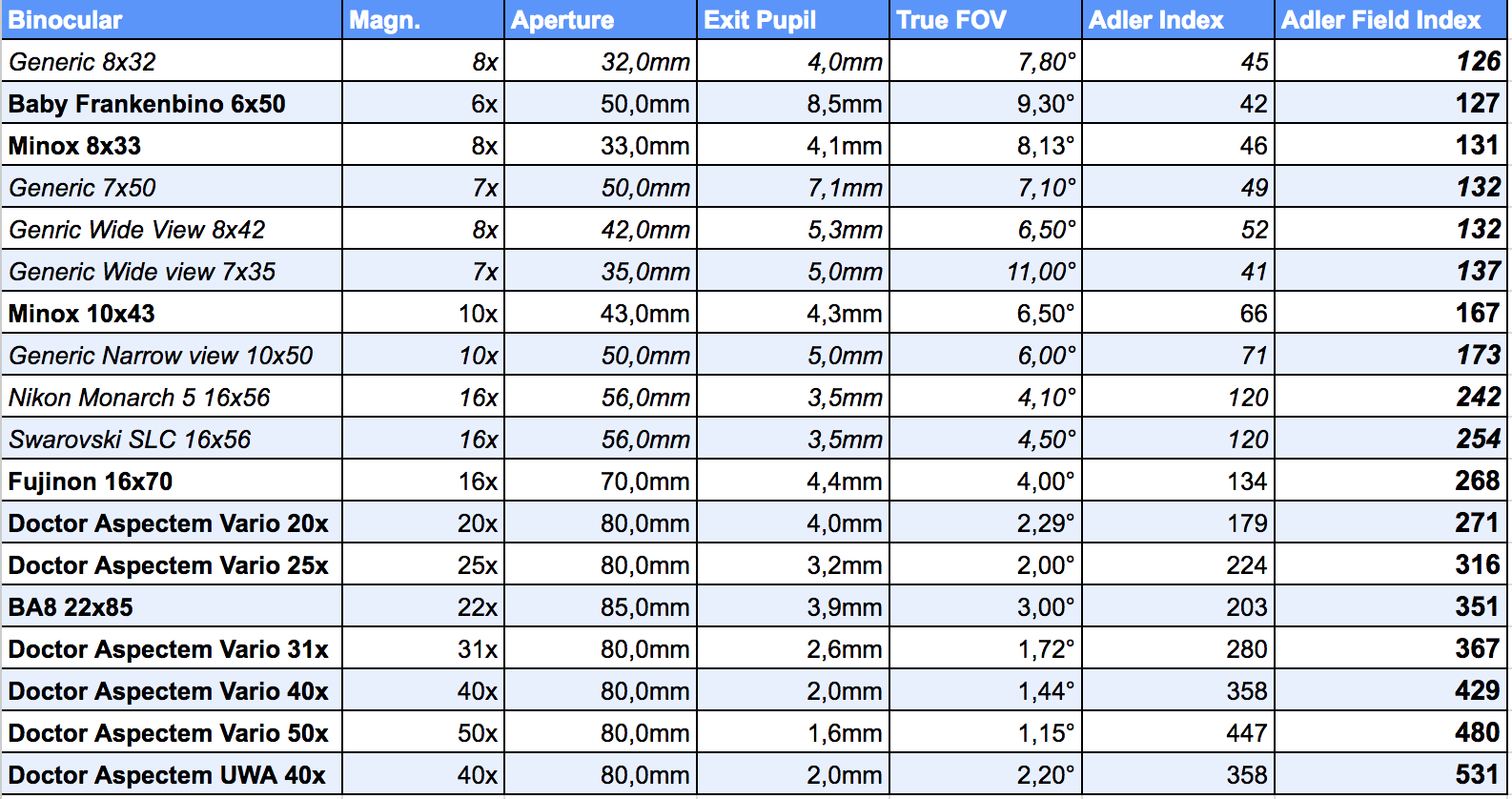

As such, manipulating signal strength can enable one to control perceptual dominance and also perceptual suppression during binocular rivalry and BSS. It is conceptualised that increasing signal strength of an image shown to one particular eye will increase the probability of perceptual dominance of the stimulus and this dominance is likely to last for prolonged periods of time. Rivalry dominance and perceptual suppression is also expected to be greater when the difference in signal strength is greater. A blurred image is more likely to be suppressed perceptually as opposed to a better focused one. For example, an image with lower contrast is expected to be suppressed and suppressed for longer periods of time than one with higher contrast. An image with weaker signal strength is more likely to be suppressed when both eyes are provided with conflicting images of differing signal strength. These factors determine signal strength and numerous researchers have proposed the following parameters: luminance contrast, density, colour contrast and spatial frequency content.

It is a multidimensional construct that is related to the stimulus' properties. Similarly in BSS, it is one of the factors that determine which stimulus gets suppressed perceptually. Signal strength plays an important role in the literature of binocular rivalry and visual suppression.
4 Relationship with continuous flash suppressionĬoncepts Signal strength. 2 How does binocular switch suppression work?. Moreover, unlike other methods, BSS allows one to investigate the neural and behavioural consequences during the period of visual suppression itself and not just after the presentation of the target stimuli. However, BSS is able to achieve better quality perceptual suppression and longer suppression periods than these other tools. Similar to binocular rivalry and CFS, BSS works by controlling the signal strength of each respective stimulus and also by managing neural adaption. Other techniques for such manipulation include binocular rivalry, continuous flash suppression (CFS), visual masking and flicker switch suppression. During this process of switching, the image of lower contrast and signal strength is perceptually suppressed for a period of time. In BSS, two images of differing signal strengths are repetitively switched between the left and right eye at a constant rate of 1 Hertz. ( June 2016)īinocular switch suppression (BSS) is a technique to suppress usually salient images from an individual's awareness, a type of experimental manipulation used in visual perception and cognitive neuroscience. Please introduce links to this page from related articles try the Find link tool for suggestions. This article is an orphan, as no other articles link to it.






 0 kommentar(er)
0 kommentar(er)
